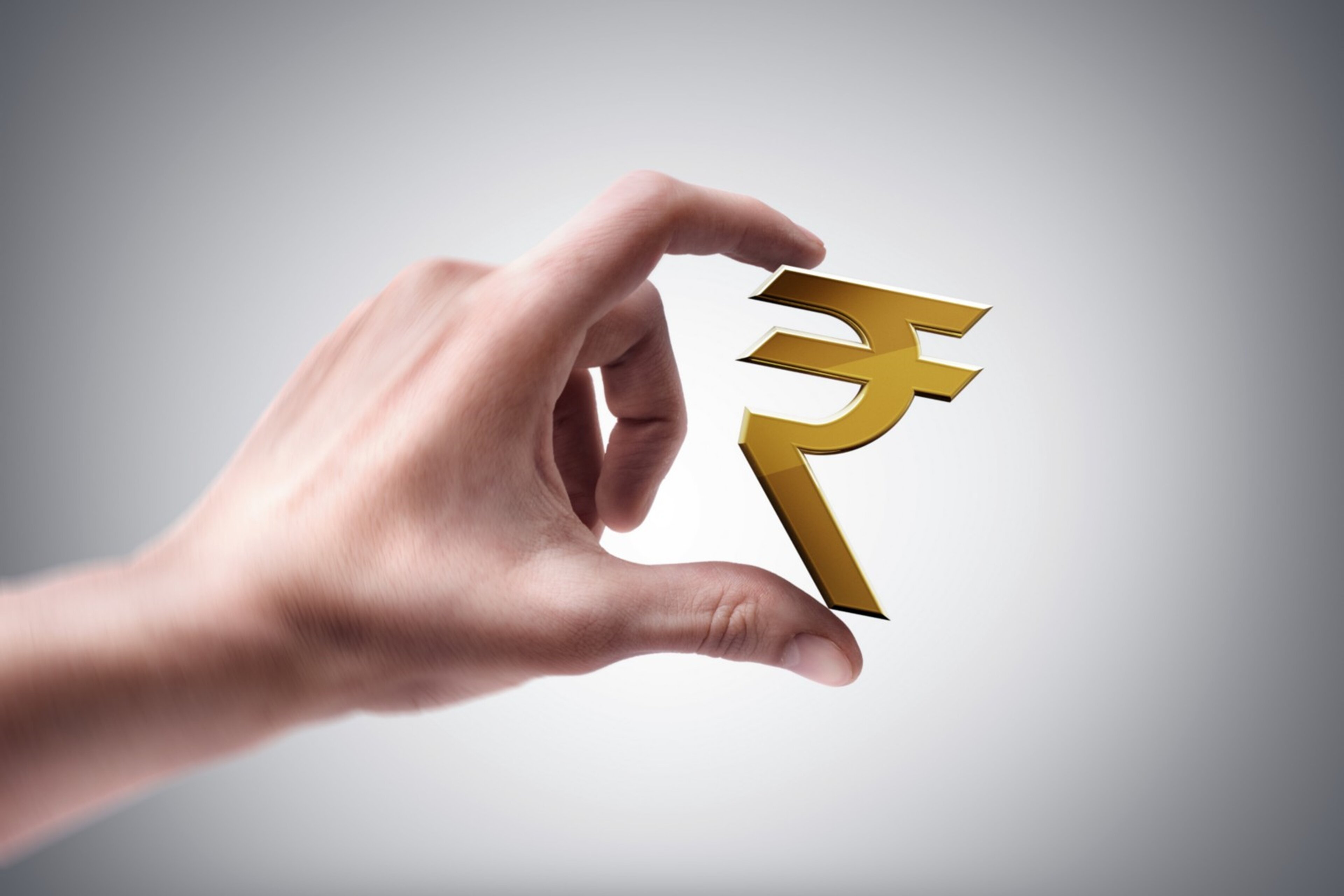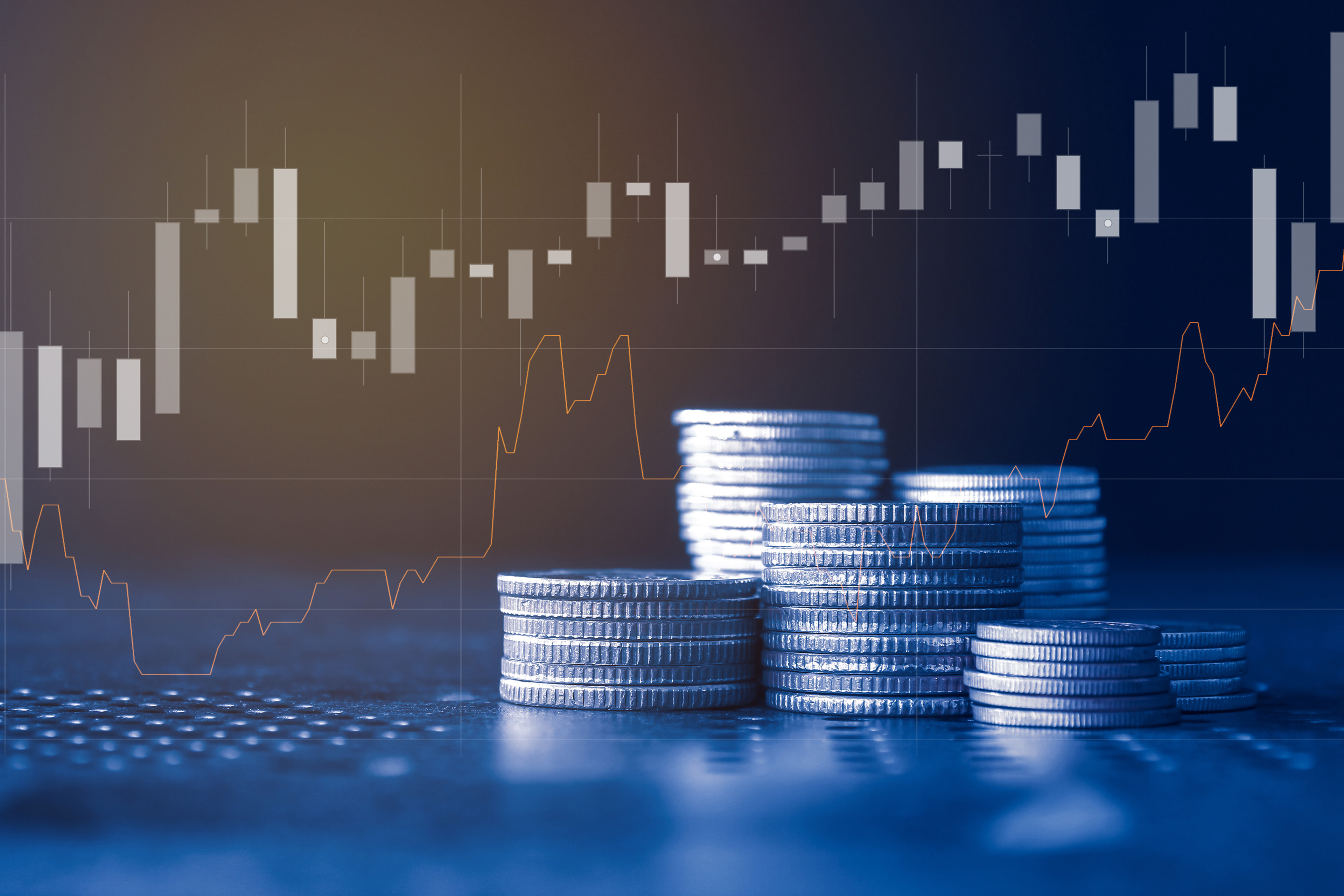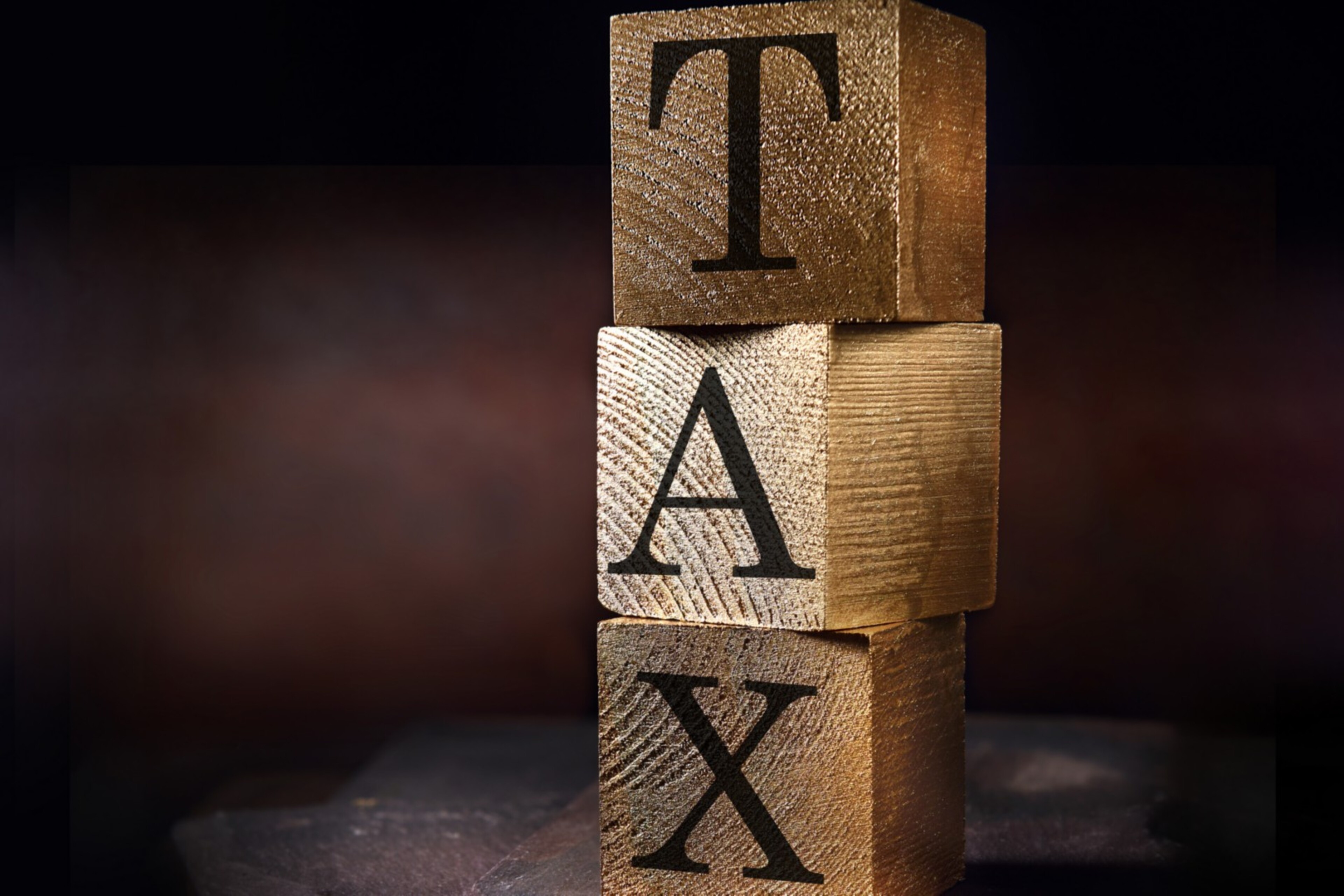EY refers to the global organization, and may refer to one or more, of the member firms of Ernst & Young Global Limited, each of which is a separate legal entity. Ernst & Young Global Limited, a UK company limited by guarantee, does not provide services to clients.
India Economic Pulse
India Economic Pulse - economic indicators and policy measures decodes high frequency economic indicators and the direction of government thinking, to make them more relevant for businesses.
Join the conversation
We are pleased to present the September 2025 edition of EY India Economic Pulse by our Tax and Economic Policy Group. This edition highlights India’s robust economic trajectory and resilience in the face of global headwinds.
Key highlights:
- Global economic leadership: India is projected to be among the fastest-growing economies, with FY26 GDP at 6.4% (IMF).
- Robust GDP growth: India’s real GDP grew 7.8% in Q1FY26 driven by government capex, rural demand and services sector expansion.
- Inflation eases: CPI inflation moderated to 1.6% in July 2025, led by a sharp decline in food prices.
- External sector buffers: Forex reserves rose to US$691 billion in August 2025.
- Infra momentum: Cement and steel production grew by 9% y-o-y in FY26 (Apr–Jul), indicating strong infrastructure and construction activity.
- Mixed investment signals: Gross FDI inflow rebounded to 5% y-o-y growth in FY26 (Apr–May), while PE/VC funding continues to face headwinds from global uncertainty.
Our latest thinking
How GIFT City can transform business opportunities in India
Explore business opportunities in GIFT City IFSC with HSBC & EY’s report, covering regulatory, tax, and sector-specific insights for investors.
Center of gravity of world economy shifting towards the EMDEs
EMDEs will form 61% of global GDP in 2025, with India contributing 17.5% to global growth. Innovation is key to India’s rise beyond middle-income status.
20th Annual EY India Tax Workshop 2025
Register for India Tax Workshop 2025. Learn more about the tax function.
India’s growth pulse: First quarter FY26 GDP, GST 2.0 and trade risks
EY India podcast explores India’s 7.8% GDP growth, GST 2.0 reforms, and trade diversification shaping Q1 FY26.
India’s steady progress in poverty reduction
India’s poverty headcount ratio has fallen to 1% in 2025, showing dramatic progress in eliminating extreme poverty across rural and urban areas.
India’s trade with US and China: Performance and potential
Read the comprehensive analysis on performance and potential of India's trade relationships with the US and China, highlighting key trends and opportunities.
Navigating international tax compliance for Indian multinationals
Read how EY helps Indian multinationals with global tax complexity transfer pricing, BEPS 2.0, permanent establishments and technology-enabled compliance.
Where India stands in the group of five largest economies
India is set to become the world’s 3rd-largest economy, potentially surpassing the US in PPP by 2038, despite US tariffs and global trade uncertainties.
Aligning India’s defense spending to the Viksit Bharat vision
Listen to our podcast on why India’s defence spend dropped from 2.9% to 1.9% of GDP (FY26 BE) & how a non-lapsable fund could realign to Viksit Bharat goals.
BRICS+ 2025 growth and trade promoting initiatives
BRICS+ drives global shift with rising trade, GDP share, and local currency payments—advancing multilateralism and sustainable growth across 19 nations.
Understanding India’s Employment-Linked Incentive (ELI) Schemes
Explore India’s new employment-linked incentive schemes and their impact on hiring, compliance, and cost benefits for employers and employees.
Understanding minimum disclosure requirements for related party transactions
In this webcast, our panel of EY experts shares insights on the recent SEBI circular and its impact on related party transaction (RPT) disclosure requirements and industry standards.
Decoding the new Employment Linked Incentive (ELI) Schemes
In this webcast, panelists discussed the new Employment Linked Incentive (ELI) Schemes, benefits available to employers and employees and action planning for employers.
Budgeting for defence expenditure
India's defence needs a 3% GDP benchmark to ensure modernisation, steady funding, and Aatmanirbhar growth amid fiscal constraints and global challenges.
Getting India future-ready: Role of rare earth elements
Rare earth elements are key to India's future. EY explores the role of rare earth metals, minerals & elements technology in mining industry to drive growth.
Sailing through global tariff headwinds
Discover how India can navigate global tariff challenges, sustain 6.5% GDP growth in FY26, and leverage fiscal reforms, AI, and trade agreements for stability.
As Trump tariffs reshape global trade, India must adapt fast
Amid global trade shifts from US reciprocal tariffs, India must diversify exports, address trade imbalances, and boost manufacturing competitiveness.
How Should India Prioritize Fiscal Health—Deficit Control or Debt Reduction?
Explore fiscal health priorities: fiscal deficit or debt-GDP ratio. Understand India's fiscal reforms, debt trends, and sustainable fiscal deficit strategies. Find out more.
Why India should focus on health and education to achieve Viksit Bharat status
Prioritizing health and education is key to harnessing India's demographic dividend. Enhanced spending on these sectors fosters growth, employment, and productivity. Learn more.
FY26 Union Budget: Diversifies stimuli and rethinks fiscal consolidation
FY26 Union Budget shifts focus to consumption with INR1 lakh crore tax relief for households, INR1.5 lakh crore in interest-free loans, and INR4.3 lakh crore in grants.
Budget 2025: Insights on macro-fiscal implications
Uncover FY26's macro-economic outlook, tax reforms, and policy impacts on India's growth in our post-Budget 2025 podcast. Will GDP exceed 7%? Listen in.
Why Budget 2025 should focus on restoring India’s capex growth momentum
India's FY25 GDP growth forecast at 6.4%, with fiscal deficit to improve to 4.4% in FY26 and a 20% capital expenditure hike. Learn more.
Budget 2025: Insights on expectations for the manufacturing sector
Explore Union Budget 2025 with Ajit Krishnan, EY India Tax Partner, discussing manufacturing growth, tax incentives, MSME support and sustainability goals.
Budget 2025: Macroeconomic expectations and policy priorities for FY26
Explore Union Budget 2526 insights with Dr. D.K. Srivastava as he analyzes India's fiscal strategies, tax reforms, and infrastructure priorities. Tune in now!
How LT Foods achieved 2x revenue growth with digital supply chain transformation
LT Foods elevates supply chain transformation and doubles revenue with EY's Asterisk platform, enhancing agility and service in the food market.
Recasting fiscal responsibility framework: Roadmap to achieve Viksit Bharat
Discover India's new fiscal framework for Viksit Bharat: aiming for 30% debt, 3% deficit norms, and zero revenue deficit to ensure economic stability.
How India can frame its fiscal architecture to realize Viksit Bharat
Discover the roadmap to Viksit Bharat. Learn about the necessary government size, tax reforms, and fiscal discipline to achieve India's development goals.
BRICS+ to pave the way for a multipolar currency era
BRICS+ group's rising trade share challenges G7 dominance. Explore the shift towards a multipolar economic system and implications for global currencies.
Can BRICS+ play a key role in shaping future global economic policy
Explore the impact of G7 and BRICS+ on global economics, their power balance, and cooperation in shaping the world's financial future.
Understanding AI – How it is changing the world of taxes
Rahul Patni & Divyesh Lapsiwala discuss GenAI's future in tax, its role in enhancing productivity, and evolving tax professions. Tune in now!
Incentive insights: Decoding state incentives in Gujarat
Learn how to decode state incentives in Gujarat with EY's podcast. Unearth new insights & strategies. Listen today!
Budgeting for balancing growth and fiscal discipline
Discover how FY25 Interim budget has struck a fine balance between sustaining growth and achieving fiscal consolidation. Learn more.
Interim Budget 2024: impact on the macroeconomics of Indian economy
Explore EY's analysis of the Interim Budget 2024's impact on India's economy. Dive deep into macroeconomics! Listen now!
Interim Budget 2024: impact on individuals and India Inc.
Explore EY's deep dive into the Interim Budget 2024's impact on individuals and India Inc. Boost your financial literacy. Tune in now!
Budget 2024: Charting the course for India's growth story
Join us for our Budget webcast on 'Charting the course for India's growth story,' scheduled for 1 February 2024, at 5:00 p.m.
Interim Budget 2024: tax navigation, BEPS 2.0 and energy transition
Navigate tax, BEPS 2 and energy transition with EY's analysis on Interim Budget 2024. Enhance your understanding. Listen now!
How FY25 Budget can tackle fiscal imbalances and signal sustainability
EY India helps companies in implement International Financial Reporting Standards (IFRS) . Get IFRS consulting services to navigate accounting complexities.
16th Finance Commission: The benefits of brevity in Terms of Reference
The Terms of Reference (ToR) of the 16th Finance Commission provide it flexibility to define the scope of its work, approach and methodology. Learn more.
Incentive insights: State incentives for the tourism sector
Know about state incentives boosting India's tourism sector with EY. Decode complex strategies with ease. Start listening now!
How India’s FY25 interim budget could prepare ground for the main budget
Discover the groundwork laid by India's FY25 interim budget, shaping expectations for the main budget. Key insights on economic strategies and policies.
Incentive insights: Maharashtra IT/ITES Policy and its impact on investment
In this podcast, Bhavesh Thakkar, Partner at EY India's Tax and Regulatory Services shares insights on the policy's coverage, eligibility criteria for incentives, and its unique approach toward incentivizing investments in emerging technologies.
Reaping the demographic dividend
Learn how the size and age of India's workforce will significantly impact its economic growth in the coming years, highlighting theIndian demographic dividend.
Fiscal consolidation in India: charting a credible glide path
How a reduced fiscal deficit will help India make more investable resources available for the private sector? Learn more about fiscal consolidation in India.
How Budget 2023 has increased the attractiveness for IFSC, GIFT IFSC
Discover how GIFT (IFSC is expected to play a pivotal role in India’s growth journey. Learn more about Tax Incentives for IFSC Unit - GIFT IFSC
Union Budget 2023: strict clauses continue to challenge charitable institutions
EY highlights the amendment in charitable trust. Learn more about the Charitable trust amendment in budget 2023.
EY highlights how Budget 2023 attempts to make the new concessional tax regime more attractive. Learn more about the new and old tax regimes.
How amendments in angel tax will impact companies
In Budget 2023, the scope of angel tax expanded, to cover foreign funding. Learn more about the amendments in angel tax.
Sunset clauses in India are truly setting
Sunset clauses are commonly used in India's tax and fiscal laws, such as tax holidays and exchange control regulations. Learn more about their implications.
How India can fill the credit gap to fuel economic growth
Discover how debt has played a crucial role in driving economic growth. Learn more about credit gaps in India.
Digitalizing India: a force to reckon with
Learn how digitization in India & its adoption by people, provides India with a unique competitive advantage for growing business along with reducing cost.
How India is emerging as the world’s technology and services hub
Discover how India can become a technology hub in the world. Learn more about it in the latest report India@100.
How EY can help
-
Explore Global Trade Automation solutions to streamline compliance, optimize trade operations, and enhance efficiency with advanced digital strategies.
Read more -
Transform your tax functions with EY’s India Tax Platform - an AI-powered, cloud-based digital tax solution offering automation, insights, and unified dashboards.
Read more
The team
Direct to your inbox
Stay up to date with our Editor's picks newsletter



















































